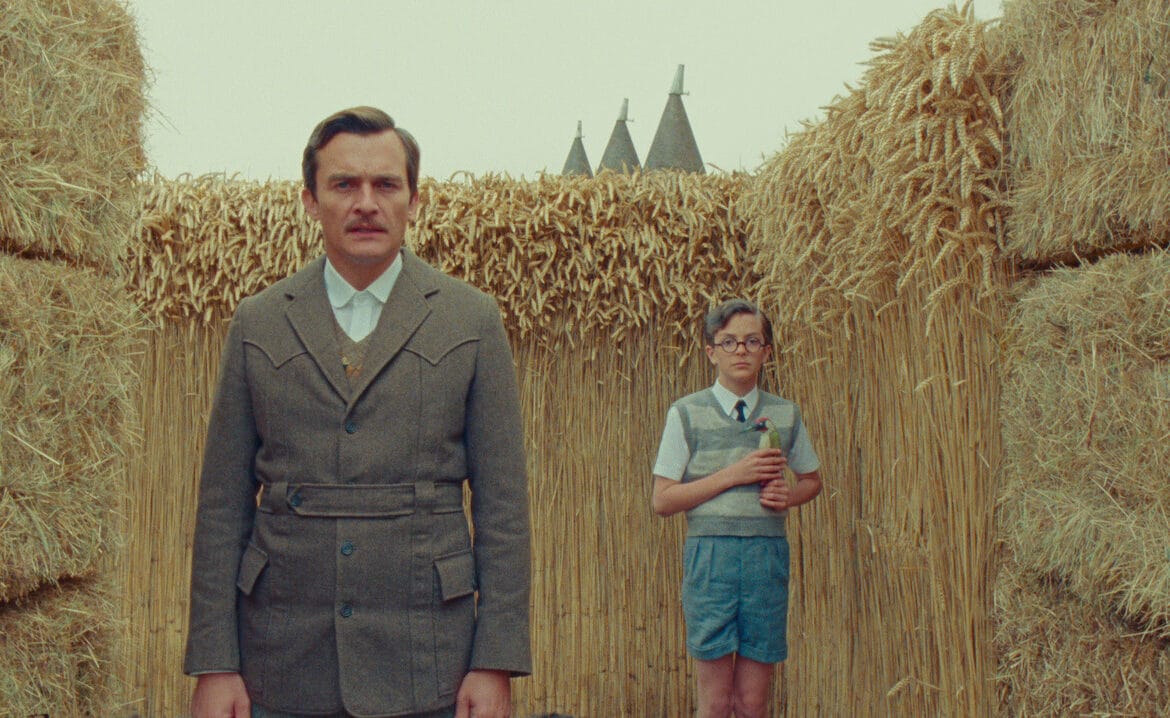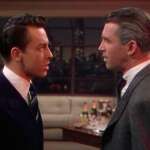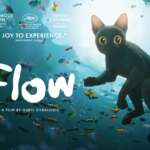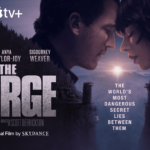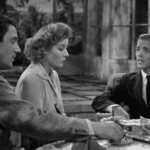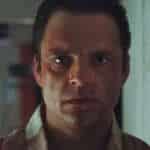My relationship with Wes Anderson’s works has admittedly been rocky from the start, surely something which will paint this review, as I not only disliked Rushmore but pretty much detested it. At the time though I took more issues with the story and the character, and not Anderson’s style choices which are famous now enough to be routinely memed and spoofed with AI generations. I next remembered stumbling upon friends in college watching Royal Tenenbaum, and though I came in at a random scene apparently at the mid-late part of the film, I recognized whose work it was and was immediately unsure about visiting this film in full at a later time. Something I’ve still yet to do. So it took until I at last watched Grand Budapest Hotel, perhaps due to the suggestion of a friend – I’m unsure – and at last I found an Anderson film I connected with and love. What I remember this time as I did with Rushmore, however for the better here, is the characters. I came to adore the characters of Zero Moustafa, young Zero played by Tony Revolori, and Agatha, played by Saoirse Ronan, and though adore might be too strong a word, I certainly loved the performance of Ralph Fiennes as Monsieur Gustave H. When I return to the film I’m actually surprised somehow at the artifice though its Anderson’s defining feature as well as the incredible range of characters in the film (many of whom serve to me simply as cameos). I seem to love this film most when it focuses on fewer characters giving strong performances, apart from the usual trodding in of many, many Anderson regulars for a line or a scene.
Isle of Dogs came out four years later and by this time I’d seen Wes Anderson’s Fantastic Mr. Fox, which I had not enjoyed, and thus I was back into the camp of wondering if Anderson could deliver a film that capitalized on his success with Grand Budapest Hotel. Isle of Dogs in many ways stands apart from all of his work, including Fantastic Mr. Fox despite likewise serving as his then second entry into stop-motion animation. Of course the voices were for the most part all the same, and thus recognizeable perhaps to a fault; however, Anderson’s take on a story and setting inspired by anime and Japanese films intrigued me. I therefore left feeling slightly positive on the film, thinking perhaps again I’d underestimated Anderson’s range, excluding of course the always Andersonian cinematography.
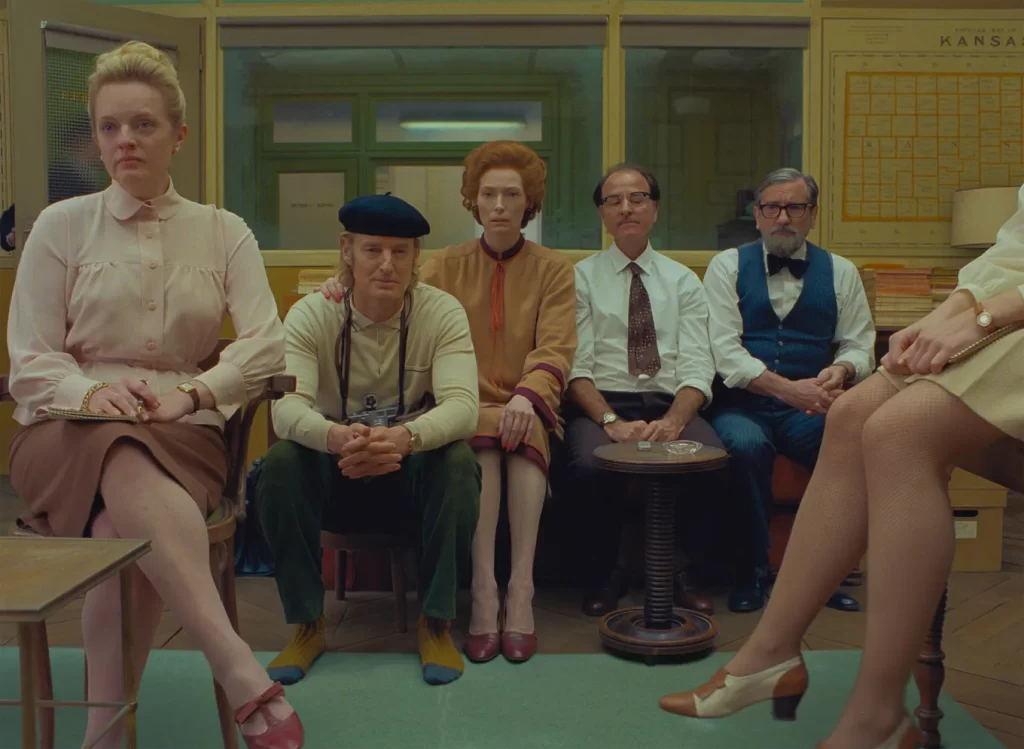
The French Dispatch
Then Anderson delivered The French Dispatch in 2021, a film of which I knew little going in; however, I had begun to hear somewhat positive reviews. In hindsight, I need to track down those reviewers to see how many worked for the New Yorker themselves, for Anderson’s idosyncratic send-up of a New Yorker style magazine fell flat shortly after Owen Wilson stepped off of his bike at the end of the opening scene. Anderson had in my mind taken the wrong example from the Grand Budapest Hotel, as he seemed to be inclined, especially in the middle portion of the film ‘Revisions to a Manifesto’, to see if his style could be scaled up when if anything it appeared to me it worked best when scaled down. Of course perhaps Anderson had tried that in the first of the three stories ‘Concrete Masterpiece’; however, this work stood out as the weakest for its lack of charm, humor, I dare say point(?), and once again as Anderson did in The Life Aquatic with Steve Zissou and the eternally topless, nameless, script girl, played by Anne-Marie Sakowitz, he puts Simone, played by Léa Seydoux, on literal display for seemingly no reason to do so. Though I did not leave the film, as I ultimately sat through it all, never have I wished for my money back after a film as strongly as I wished for it here. Turns out my Anderson loving friends felt likewise, with some swearing off Anderson from then on, and I was more than happy to likewise leave his work to the side.
Of course this is a review of ‘The Wonderful Story of Henry Sugar’, along with his other new short Roald Dahl adaptations, so you then know I broke that rule and indeed I did at last return to see his new work (barring Asteroid City which I passed on.) What caught my eye with The Wonderful Story of Henry Sugar, and his three other adaptations of Dahl’s short stories, and made me think perhaps the magic is here again certainly wasn’t the source material work, though I’ve enjoyed Dahl in parts however rarely his short stories, but it was instead the seemingly small cast, the brevity of the films, and the cast members themselves, with new Anderson collaborators Benedict Cumberbatch, Richard Ayoade, and Dev Patel, all whose work I’ve throughly enjoyed, joining that got me to push play in Netflix.
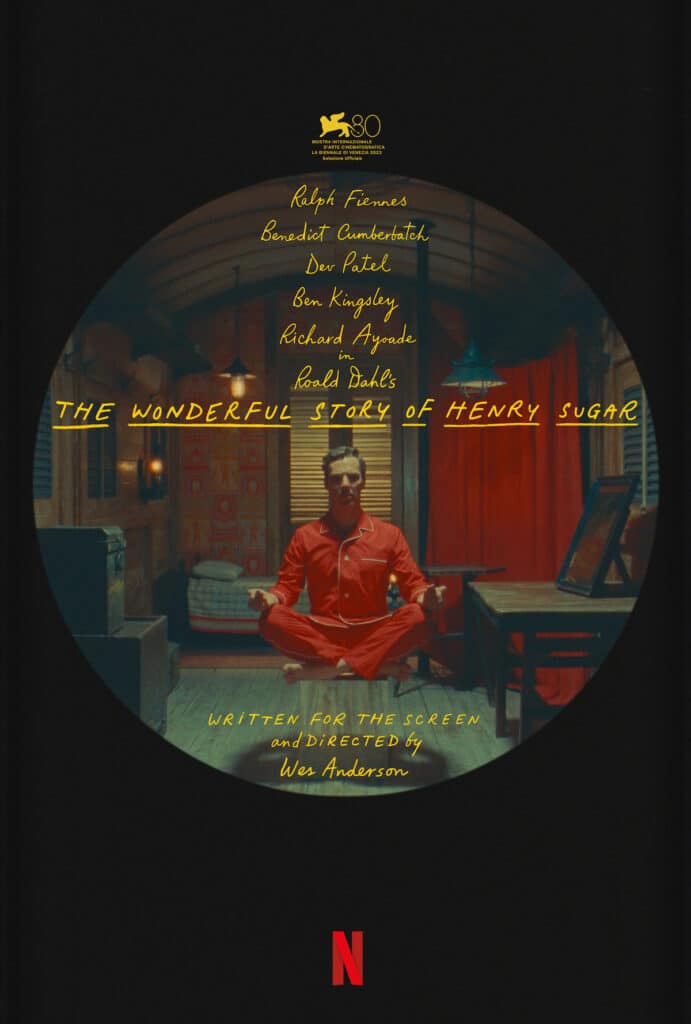
The Wonderful Story of Henry Sugar (Source: Netflix)
Ultimately this proved to be a lesson in self-deception, as in the old saying ‘Fool me twice; Shame on me’, for ‘The Wonderful Story of Henry Sugar’, along with the three other short stories, offer little aside from artifice, even when the performances, filtered through Anderson’s narrow lens, shine through the best they can.
In each of these shorts, Anderson presents lesser known Dahl short stories that arguably would have been even shorter if Anderson didn’t present these as at best incredibly elaborate audiobooks. I say that because characters narrate their own actions, others actions, and do so often directly to screen. Their patter is as every Anderson delivery is now stiff and strained, and though you at best get familiar with this style, I dare say for myself I never enjoyed this choice. Alas it’s there in every short.
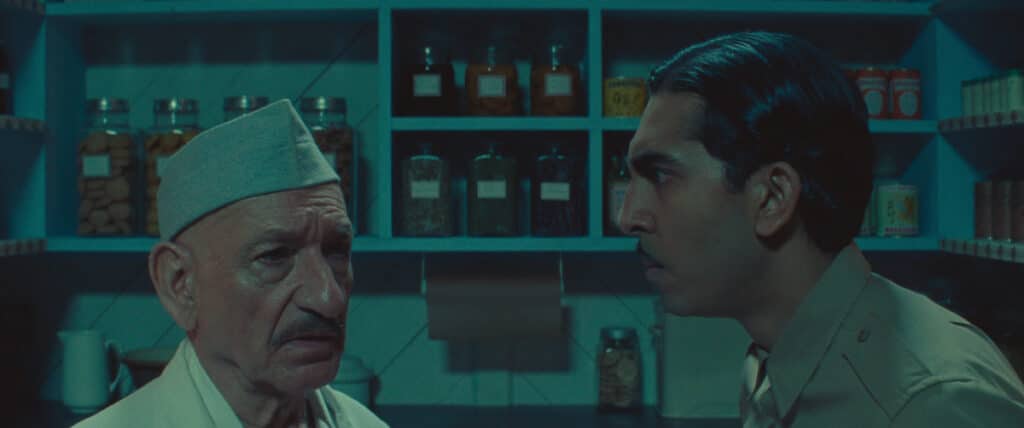
Poison (Source: Netflix)
Working backwards I’ll start with the three shorter films ‘Poison’, ‘Rat Catcher’, and ‘The Swan’. ‘Poison’ was perhaps my favorite in that it both showed off Patel and Cumberbatch’s performances the best, arguably two of the better performances in these Dahl adaptations, while also including Anderson’s most creative use of set design and cinematography. ‘Poison’, like the other shorts, could almost appear to be shot as a stage play, and yet there’s just enough movement of camera to where Anderson distinguishes this as an incredibly elaborate staging of a surprisingly simple and yet complex set. Set design and cinematography has always been Anderson’s strong point, though arguably at the cost of any attention to heart and humanity in the characters. Alas this trend for me continues here. Though in all of these shorts I’d argue Anderson really isn’t given much of a story to work with period, Anderson has a way of stripping the little life there is out of these stories. Without Patel, Cumberbatch, and to some degree Ben Kingsley, there’d be no life at all.
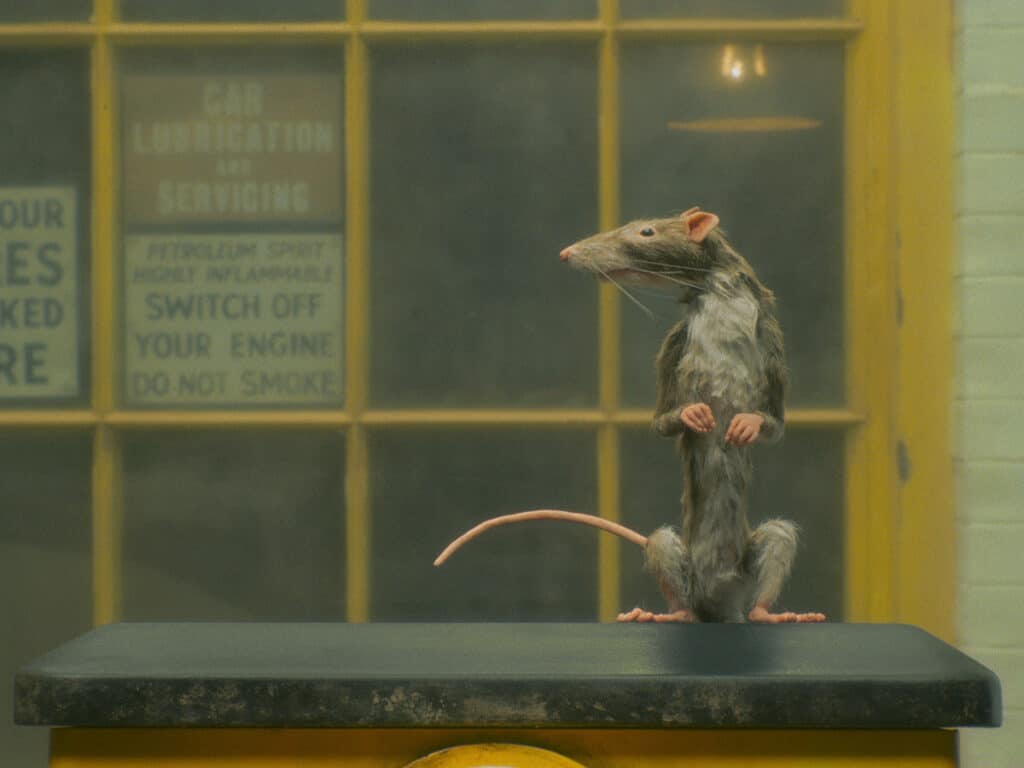
The Rat Catcher (Source: Netflix)
‘The Rat Catcher’ is perhaps a lesser story than ‘Poison’; however, it’s the one where Anderson’s less is more approach works to perhaps the maximum degree that is possible for me, though perhaps only because Dahl’s original story is so underwhelming and at points rather detestable. Ralph Fiennes plays the titular character who seeks to solve a rat problem, and failing at that wants to demonstrate his rat catcher skills in other ways. Dahl’s character at times in the text demonstrates his actions with multiple live rats; however, for most of the sequences the rat is non-existent in Anderson’s portrayal, which is a great choice cause it leads to the closest attempt at humor in any of these shorts. The one moment there is a rat it’s a stop-motion rat, which seems to nod as much to Anderson’s daliances in stop-motion a la his first Dahl adaptation ‘Fantastic Mr. Fox’. Rupert Friend and Richard Ayoade are also in this short; however, they have little to do truthfully of any note aside from narraration, and to react to the Rat Catcher, and they are thus constrained by the material and Anderson’s approach.
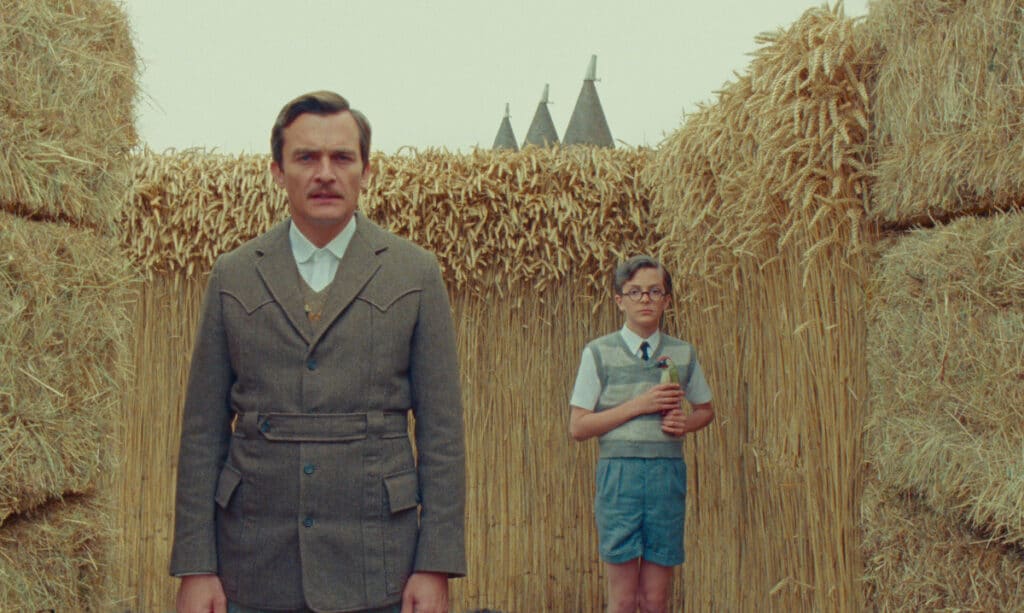
The Swan (Source: Netflix)
‘The Swan’ is perhaps the most thought provoking of the stories, and in Anderson’s manner presents again an excellent case for his mastery of cinematography and scene setting. Rupert Friend plays as an adult man telling the tale of a child (seemingly his younger self) who is threatened by bullies. Friend delivers the best acting performance in all of the shorts, as he’s able to emote through Anderson’s touches, while also employing a good use of his physical acting skills as well. Anderson also achieves one of the better sequences as he follows Friend, and others, through the center of a field row. This is the one short I want to revisit, as I think Dahl’s story is more layered than ‘Poison’ and ‘Rat Catcher’, and probably even ‘The Wonderful Story of Henry Sugar’.
Lastly (or firstly if you watched in order of release) we arrive at ‘The Wonderful Story of Henry Sugar’. Dahl’s story begins with the presentation of Henry Sugar as a rich, selfish man, played by Benedict Cumberbatch, whose world is changed upon the discovery of a seemingly true story of a man, played by Kingsley, who can see without his eyes. Kingsley learned of these skills through years of study and concentration, and this sets Cumberbatch on a path to do likewise. Though this is perhaps the one story of Dahl’s in this collection of adaptation with a point, it’s actually one that perhaps disappointed me the most. This may have been admittedly because its the first where I was introduced to the conceit of Anderson’s approach, as the narration wore thin very quickly. Likewise I could see right off that Cumberbatch, Ayoade, Patel, and others, were going to be put through the sieve of Anderson’s stilted dialogue and acting preferences. Though you can tell the narraration is acted distinctly from the character’s voices, its almost a distinction without a difference in Anderson’s hands. Regretfully this ultimately felt like the longest of the short stories, feeling twice its length, and thus the disappointment for me was all the greater.
Regretfully with each work of Anderson’s I’ve become less enamored by his flourishes, and his acting direction, as I feel he has pushed away his audiences to achieve a style he and only his most devoted of devotees love. Fortunately the best I can say is that the highlights were not worth the lows, and I am thankful at least to have saved the price of a theater ticket.
